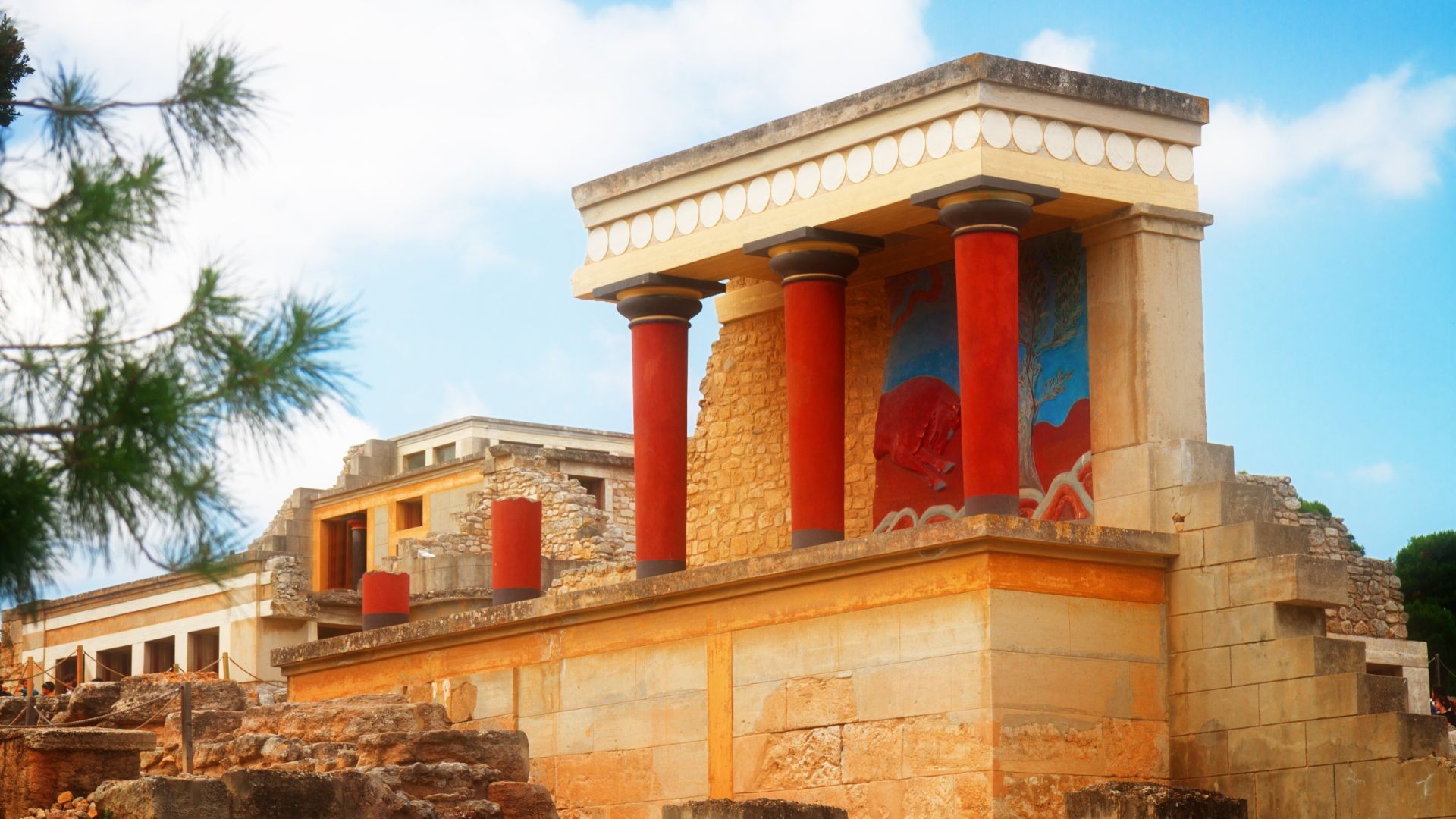Knossos Palace: Journey into the Heart of Minoan Civilization in Crete

The Knossos Palace on the island of Crete is a fascinating archaeological site that offers a glimpse into the rich history and culture of the Minoan civilization.
As one of the most important sites in the Aegean region, the palace has a long and complex history that spans several centuries.
The palace was first built around 1900 BC, during the Early Minoan period, and was a modest structure that served as a center of political and economic activity. However, it was destroyed by an earthquake around 1700 BC and remained in ruins for several centuries.
In around 1700 BC, the palace was rebuilt by King Minos, who was a legendary figure in Greek mythology. The new palace was much larger and more complex than the previous one, covering an area of about 22,000 square meters. It was a major center of trade and commerce, and had a sophisticated system of water supply and drainage, as well as advanced architectural features such as multi-story buildings, light wells, and a complex system of staircases.
The palace was also decorated with stunning frescoes that depicted scenes from everyday life, religious rituals, and mythical creatures. Some of the most famous frescoes include the "Bull-Leaping" fresco, which shows a bull being leaped over by a young man, and the "Ladies in Blue" fresco, which shows three women wearing elaborate dresses and jewelry.
Despite its grandeur, the palace was destroyed again in around 1450 BC, this time by fire, possibly caused by an invasion of Mycenaean Greeks. After its destruction, the palace was abandoned and eventually forgotten until it was rediscovered and excavated in the early 20th century by the British archaeologist Sir Arthur Evans.
Today, the Knossos Palace is a popular tourist destination and is considered an important site for understanding the history and culture of the Minoan civilization. Visitors can explore the ruins of the palace and marvel at the impressive architecture and artwork that have been preserved for thousands of years. With its rich history and cultural significance, the Knossos Palace is truly a must-see destination for anyone interested in ancient history and archaeology.


